In November, eight-year-old education company Chegg debuted on the New York Stock Exchange under the ticker symbol “CHGG.” In the days prior, Chegg had priced its initial public offering at $12.50/share, high above its expected range of $9.50 to $11.50, and raised about $187.5 million in total at a valuation of close to $1.1 billion.
One of the first to bring textbook rental online, over the years, Chegg found a wide audience as an online bookseller. However, more recently, with pressure from Amazon, Apple and others, Chegg has been undergoing a gradual expansion, and “re-positioning.” In spite of its survival and its high debut in its IPO, it seems that investors aren’t so confident — at least in its short-term prospects.
Chegg debuted on the NYSE at $12.50, but quickly plummeted to $9.64 in its first day of trading. The following day, the slide kept pace, and Chegg was at $8.88 by market close.
Three months later, the onslaught has continued. Yesterday, the company released its first earnings report since going public, and in spite of Q4 revenues of $77 million, which represented a 12 percent increase from the year prior, Chegg’s stock has continued to fall. By Friday’s close, the stock had fallen 22 percent to $6.17, where it has hovered since.
Nonetheless, Chegg Chairman and CEO Dan Rosensweig called 2013 a “banner year” for Chegg, referring one would suspect to the fact that digital revenue grew 70 percent year-over-year to $16.7 million — 22 percent of total revenues compared to 14 percent in Q4 2012. Meanwhile, the company saw print revenue of $60.5 million, a 3 percent increase compared to Q4 2012, while its gross profit came in at $39.5 million, flat year-over-year on a GAAP basis. On a non-GAAP basis, gross profit was $40.3 million.
Its gross margins declined to 51.3 percent from 57.7 percent, while adjusted EBITDA (without textbook depreciation) was $18.6 million, relatively flat when compared to Q4 2012. This also included a $1.8 million loss on textbook liquidations during Q4 2013, and a $2.3 million loss on liquidations in Q4 2012.
With a GAAP net loss of $5.4 million, investors don’t seem to be particularly confident. Chegg has only $76.9 million in cash on company balance sheets at the end of the year, and it’s still yet to prove that it can keep margins in check as it continues to attempt to increase revenue.
The other issue is that Chegg’s forecast for the coming year expects lower gross margins and higher net losses — never a good combo — while print revenue increased only 3 percent over the same year. This is somewhat of a break from what it’s been able to do lately, as Chegg managed an about-face, growing revenue and keeping expenses flat. Part of the reason: The company now reaches 30 percent of college students in the U.S. and 40 percent of college-bound high school seniors. It’s a valuable demographic.
Chegg was likely able to mask some of the holes in its playbook heading into IPO, but many are still worried about its long-term viability. And, while things weren’t too bad from an earnings report this quarter, it still has a long road ahead.










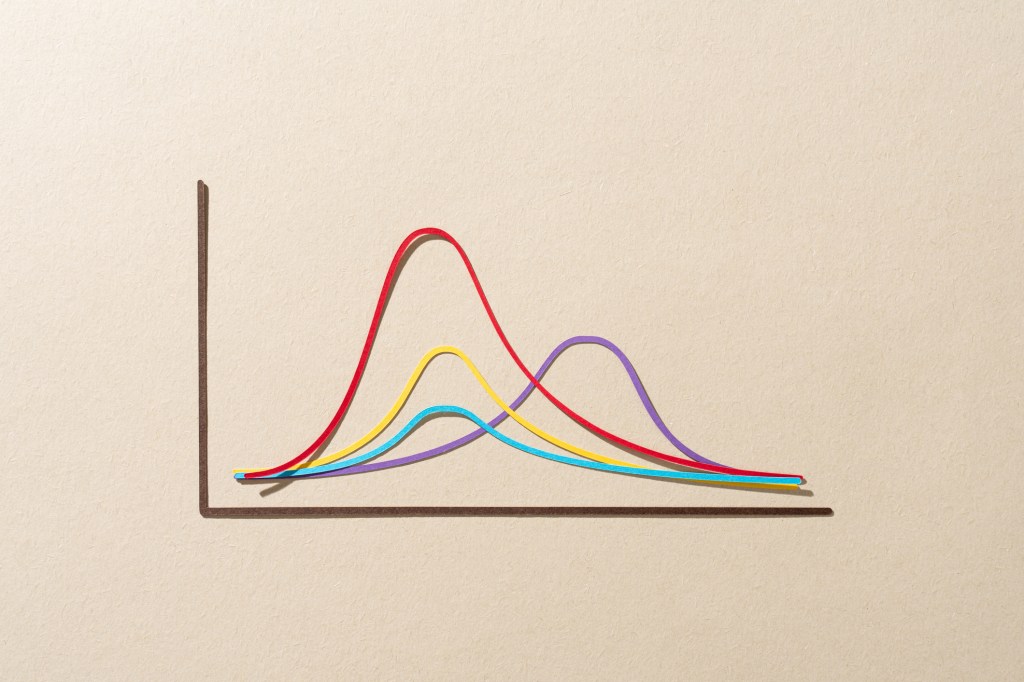
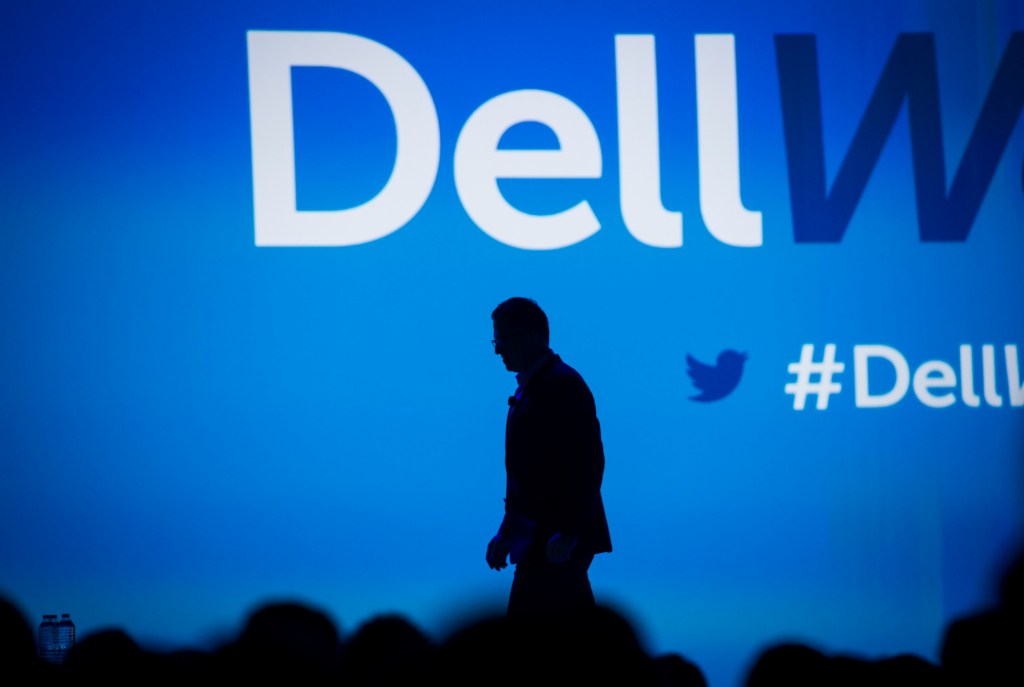

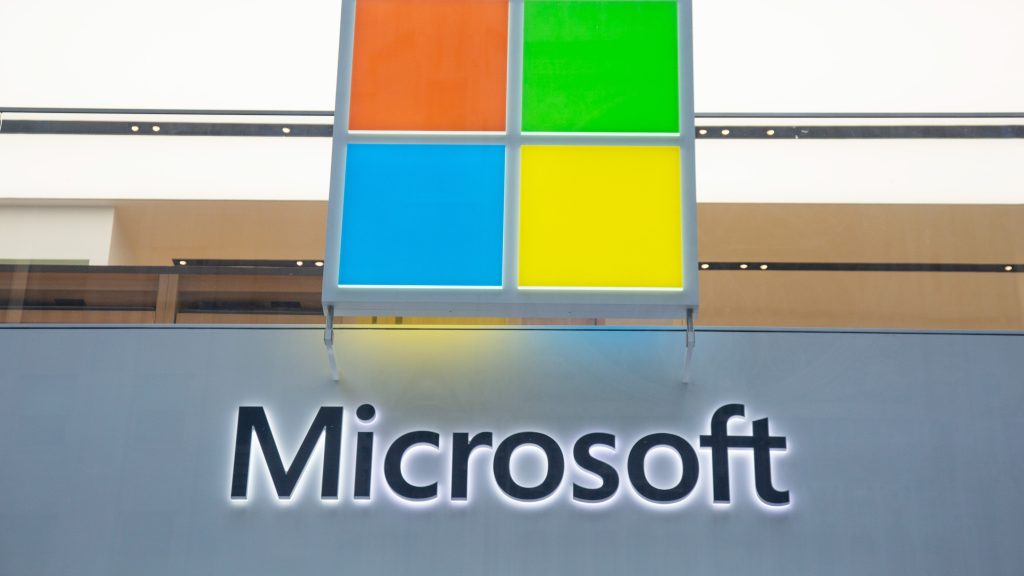










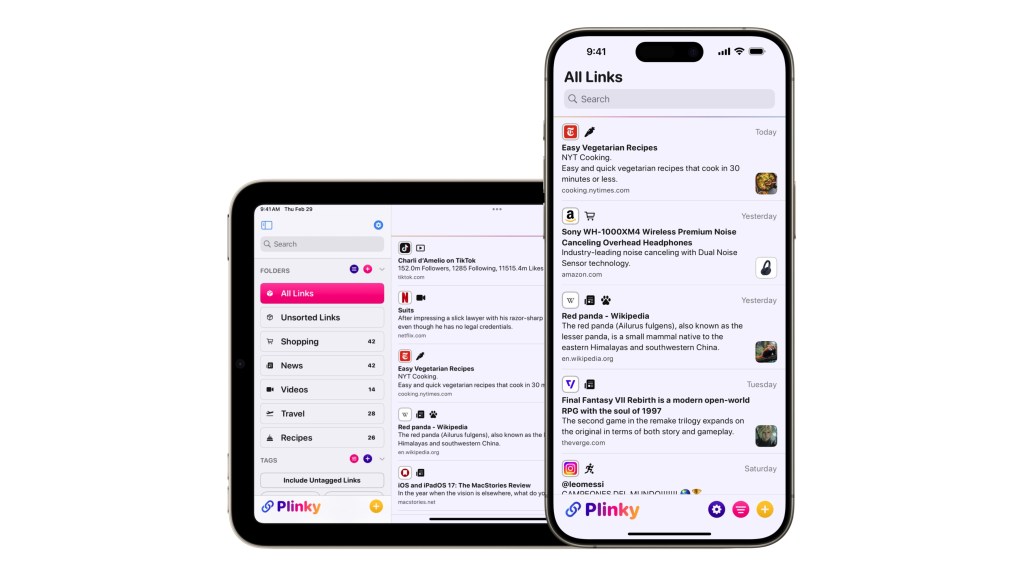



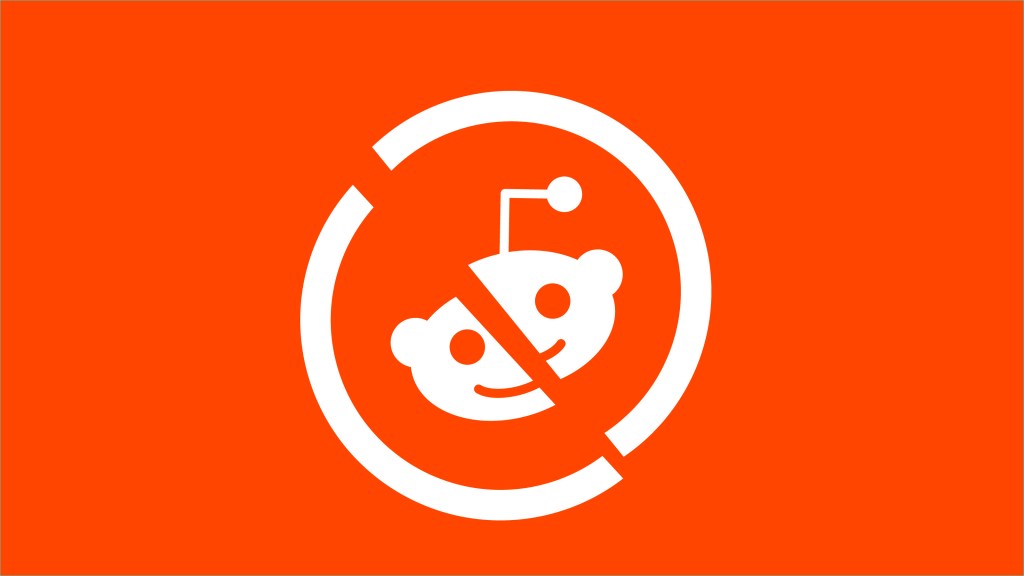


Comment